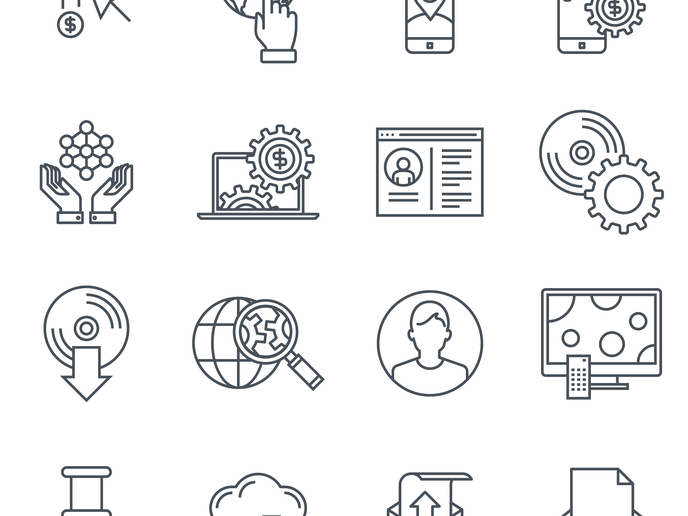New software tool makes all web content available for users with cognitive disabilities
Many web pages are difficult to access for people with learning difficulties. The needs of these users aren’t fully covered in current accessibility guidelines and developers often aren’t familiar with these users either. An important aspect of inclusion is that any information is accessible to all people.
New technology assists the cognitively disabled in navigating the web
The EU-funded project Easy Reading developed the Easy Reading software, a support tool users can install as a browser add-on or app on their computers or mobile devices. “The tool adjusts web content in real time based on the individual user’s needs. With the Easy Reading software, the user can see a personalised version of any existing web page,” explains Klaus Miesenberger, project officer of Easy Reading. There are three main support features which adjust the layout and structure of web pages, explain web content with symbols, pictures and videos and translate content into a different language level, e.g. Plain Language, Easy-to-Read, symbol writing systems. The software provides these (semi-)automated support features by using human-computer interaction techniques like pop-ups, Text-To-Speech captions through mouse-over or eye tracking. This allows the user to remain and work within the original digital document. As the original content of the web pages is not changed, the user can switch between the personalised and the original version of the visited page at any time. “Everyone with limited reading and language skills can profit from the software – people with cognitive disabilities, older people or people with a different mother tongue,” explains scientist Peter Heumader from Easy Reading. The user interface is embedded in the web page and the tools try to analyse sentences, detect keywords and find matching symbols for the keywords. The results appear within the web page.
Developers and end users work side by side
People with cognitive impairments know best about their limitations and needs for accessibility of digital contents. "As such, they worked as peer researchers in all phases of the project and drove the research and development process for ‘their’ solutions. This ensured that the target group requirements were considered in each phase of development and this is what made it a success,” concludes Miesenberger. The project also developed a scalable cloud-based framework that enables external developers and researchers to extend the framework with new technology that would help people with different support needs to better use and understand digital web-based content. This software framework enables users to participate more fully in the workplace and independent living, education, access to knowledge, healthcare and banking. Significantly increasing the communication abilities and level of independence for people with cognitive disabilities, they are now able to communicate equally with others.
Keywords
Easy Reading, software, cognitive disabilities, digital content, software tool, assistive technology, Easy Reading framework







